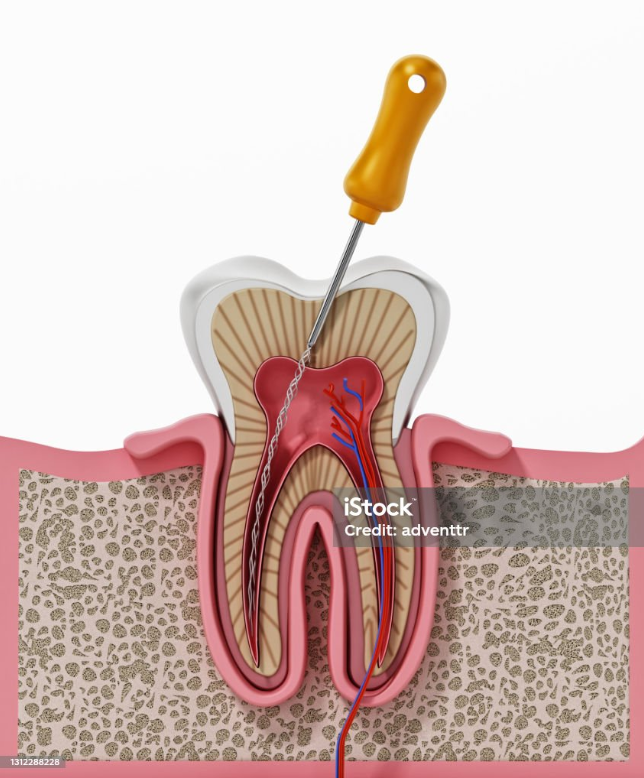
A root canal treatment (also called endodontic therapy) is a dental procedure used to treat infection or damage to the pulp (the innermost part) of a tooth. The pulp contains nerves, blood vessels, and connective tissue, and if it becomes infected or severely damaged, it can lead to pain and swelling. The goal of a root canal is to remove the damaged or infected pulp, clean the area, and seal it to prevent further infection.
Here’s an overview of the procedure:
1. Diagnosis and X-rays
The dentist will first take an X-ray of the tooth to assess the extent of damage or infection. This helps to understand the tooth’s structure and any surrounding bone damage.
2. Anesthesia
Local anesthesia is administered to numb the tooth and surrounding area, so you won’t feel pain during the procedure.
3. Accessing the Pulp
The dentist will make a small opening in the crown (top) of the tooth to access the pulp chamber and root canals.
4. Cleaning the Infection
The infected or damaged pulp is removed, and the canals are cleaned and shaped using special tools.
5. Filling the Canals
Once the area is cleaned and shaped, the dentist will fill the root canals with a biocompatible material, usually gutta-percha, to seal the space.
6. Restoration
Finally, the tooth is sealed. In most cases, a crown is placed over the tooth to restore its shape, strength, and function, especially for molars or back teeth that are subject to heavy chewing pressure.
Aftercare:
- It’s normal to experience some mild discomfort for a few days after the procedure, which can be managed with over-the-counter pain relievers.
- Follow up with your dentist for any further care or monitoring.
Root canal treatments have a high success rate, and most people experience significant relief from pain once the procedure is complete. If you’re dealing with tooth pain or have been advised to get a root canal, it’s important to get treatment as soon as possible to avoid complications.
